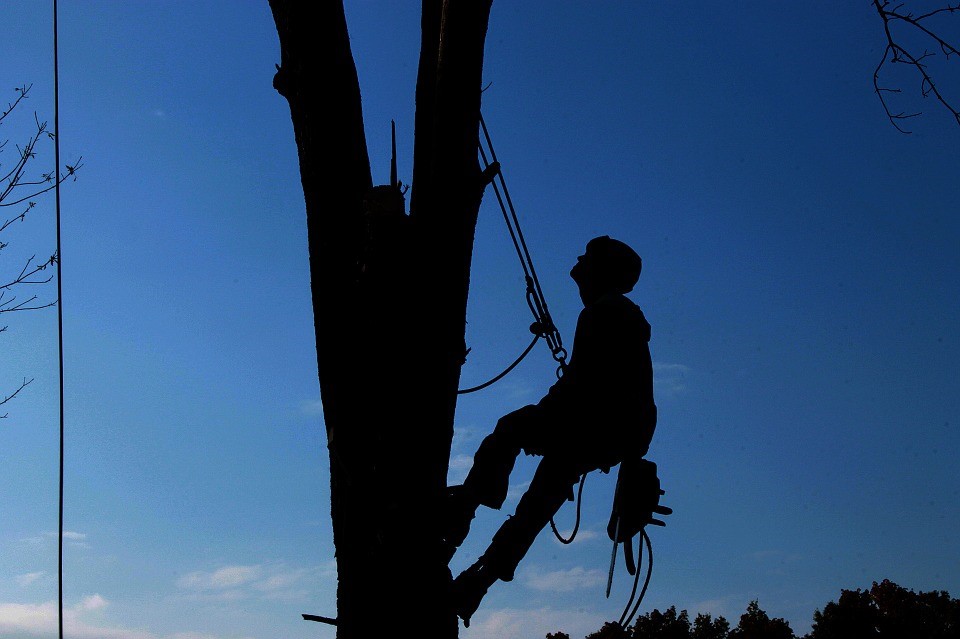 Owning a home means a laundry list of things to do every weekend. There are the maintenance items, like fixing the broken faucet; the annual projects, like repainting your living room; and the seasonal projects, getting a beautiful tree trimming.
Owning a home means a laundry list of things to do every weekend. There are the maintenance items, like fixing the broken faucet; the annual projects, like repainting your living room; and the seasonal projects, getting a beautiful tree trimming.
But tree trimming isn’t as easy as it sounds. You can’t head outside with cutters or a saw and simply start hacking away. Trim your tree the wrong way and it’ll show as a lopsided (and possibly unhealthy) tree. But with a few simple techniques and tree trimming tips, you can have your trees looking their best in no time.
While there are many techniques out there, and a simple internet search will reveal a number of do-it-yourself tips, you need just a few basic concepts in place to accomplish the project with ease.
Why should you trim your trees regularly?
In most cases, a tree is generally trimmed or pruned for one of three reasons.
-Safety – After a large storm, a large tree can sustain a lot of damage. Branches can break, dead wood can become dislodged. It’s no longer a matter of waiting to trim the trees when you have time, it’s now imperative to trim them immediately to avoid injury on your property. Safety is also a factor if a tree comes too close to utility lines, or if it encroaches too close to the street or your driveway, obstructing your vision or even drivability.
-Health – In some cases, a portion of a tree may become sick and start dying off. In order to save the tree, the infected branches must be sheared away. By cutting away tightly placed branches that are rubbing together or are crossed, and thinning out a tree to make room for main branches, you can allow a tree more room to grow properly.
-Appearance – Trees look better and remain in better condition if they are properly trimmed on a regular basis. Think of it in a similar manner as to having your haircut on a regular basis. It helps to maintain a tree’s natural shape.
Before you get started
There are a number of factors to keep in mind before heading out with your tree saw in tow.
An evergreen tree can be pruned and trimmed at any time. A deciduous tree should only be trimmed when it is dormant. The only exception is when a tree is damaged and presents a hazard to the surrounding area.
Try to prune branches when you first plant the tree and it has large growing surges. This will help train the tree from the beginning. It’s also a healthier process for the tree, minimizing the scarring that will take place on the trunk.
Also, be conscientious of the size of the tree branch you are about to cut. Trim branches that have a weak, V-shaped angle. The tighter the angle, the more easily damaged it can be over time. Look for branches that form a stronger U-shaped angle, one that can sustain more weight. Also focus on smaller branches. If a branch is over 10 centimeters in diameter, they should only be removed because of damage or because of health. Under 10 centimeters will cause less damage to the tree, and offer more benefits to encourage future growth.
Changing The Crown
The crown of the tree should always be kept at about a two-thirds ratio to the overall height of the tree.
If you need to thin the crown, do so carefully, a little at a time.
Keep all lateral branches evenly spaced. Trim away any branch that will cross over other branches or run across or into them. And never trim more than one-quarter of the tree at any given time. If you are trimming a tree due to damage, work slowly, eliminating the crown over a longer period of time rather than all at once. This will allow the tree to adjust to its new size and position before you continue to trim.
If at any time you must remove more than half of a branch, take the entire branch away.
Pruning and Trimming
Before making any cut to a branch, look for the branch collar first. The branch collar grows from the stem tissue near the bottom base of the branch. Look for the ridge, which is on the upper surface, parallel to the angle of the branch at the stem. When making any cuts, be sure to cut outside this ridge, and angle the cut down and away from the stem. Be sure not to cut into the branch collar as that can injure the tree. Use this technique no matter if the tree branch is dead or alive.
On a long stem, use the three-cut approach. Start by making a notch on the side of the stem that faces away from the branch that is being preserved, followed by a second notch on the inside V of the branch and above the branch ridge. The third cut should remove the stub by cutting through the stem parallel to the branch ridge.
When cutting dead out of a tree, remember to trim beyond the dead, making a cut directly into a healthy part of the tree. This will ensure that all dead is removed, and the branch has a healthy start at regenerating.
Alternatively, hire a professional and have your trees trimmed the perfect way every time. Mr Tree is ready to help you with all of your tree trimming needs, right here in Portland, Oregon. Give us a call today!
Author: Aaron Sanders has worked in landscaping for 15 years and continues to be an asset to Mr. Tree Services. He firmly believes that your attitude determines your altitude in life.

